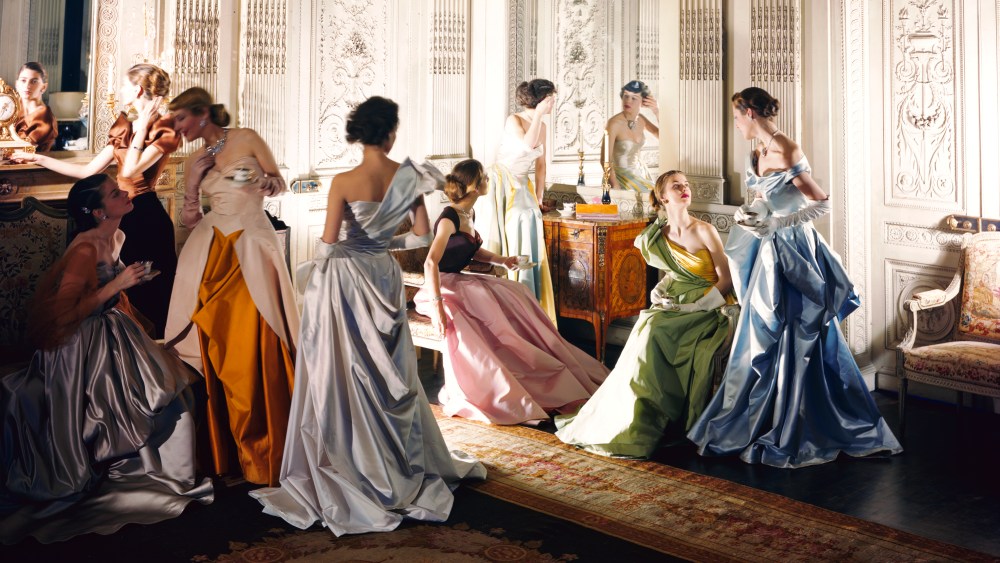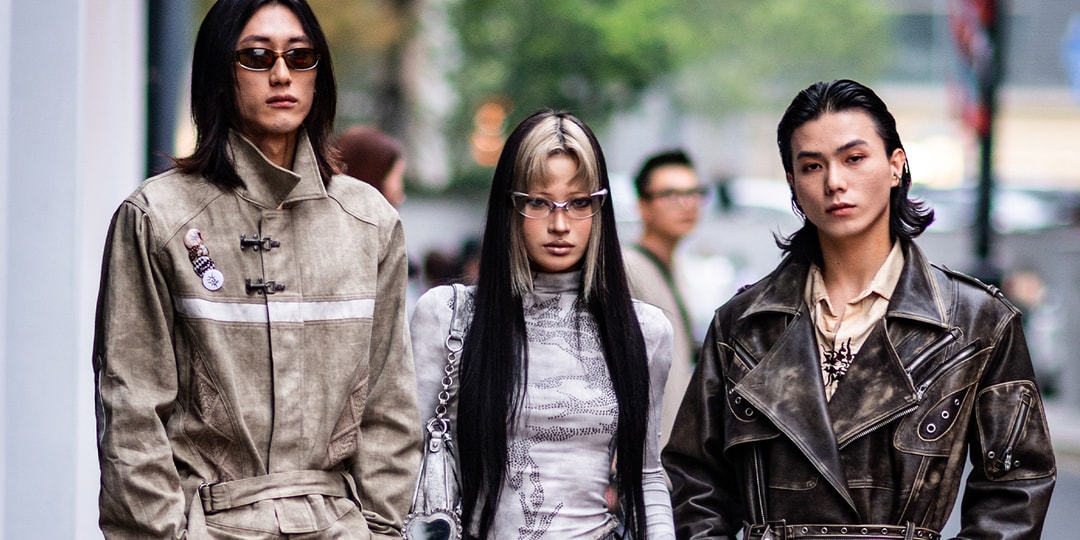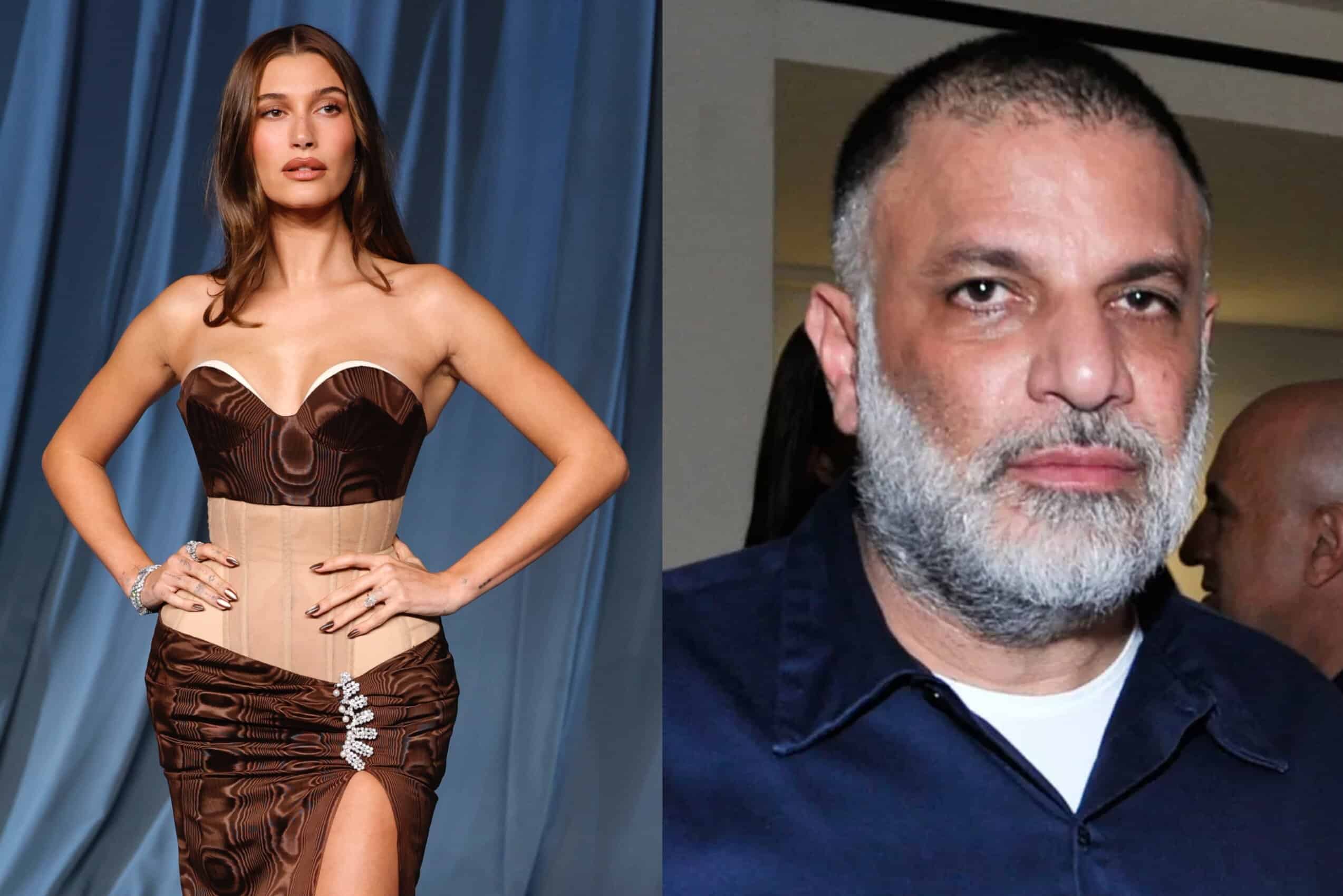LONDON — 1955 will go down in history books as Cecil Beaton’s annus horribilis and also the making of him.
The British photographer’s most fashionable and prolific photographic years were between 1927 to 1956. He took thousands of photographs of aristos, actresses, literary types and socialites for Vogue magazine until it came to a halt in 1955.
Beaton had a disagreement with Edna Woolman Chase, the editorial director of the magazine, who was editor in chief from 1914 to 1952. Simultaneously, in 1955, British Vogue also decided not to renew his contract for the poor standards of his work.
Cecil Beaton, circa 1935.
The Cecil Beaton Studio Archive,
A pile of letters from British Vogue’s editor in chief Audrey Withers telling the photographer that his heart and soul was not into his work, are now on display at the National Portrait Gallery in a new show, “Cecil Beaton’s Fashionable World,” spotlighting the best of his fantastical set designs and colorful images.
“They’re not in the exhibition because I’m only putting things in that celebrate Beaton, not the sort of things he wasn’t very good at,” said Robin Muir, the curator of the exhibition in an interview.
Those photographs were never published in the magazine. In 2002, Muir published them in “Unseen Vogue: The Secret History of Fashion Photography,” that he coauthored with Robin Derrick.
“Beaton was tired by that stage and he had done so much over the past 28 years with Vogue,” Muir added.
He was at the height of his powers between 1927 to 1956 — Beaton was the king of fashion photography. He meticulously designed the backdrops that his subjects posed against and wanted them to be the stars of their own story.

“Venus Unmasked” (Marilyn Monroe at the Ambassador Hotel, New York), 1956.
National Portrait Gallery, Londo
He was as much of a celebrity as the people he was photographing, which included Queen Elizabeth II, Princess Margaret, Audrey Hepburn and Marlon Brando.
“He wasn’t [really] interested in trying to find the inner soul in some sort of existentialist way like Richard Avedon or Irving Penn. There’s no trying to find the skull beneath the skin. It’s all really about the skin and surface,” Muir said.
Beaton’s portraits of Marilyn Monroe from 1956 shot at New York’s Ambassador Hotel went against his camp setups.
The black-and-white images are clean and simple of the Hollywood star being playfully in bed or on the couch.
“He captures the Marilyn that we all know about now — this sort of pinup girl, but with this vulnerability,” Muir said.

Audrey Hepburn in costume for “My Fair Lady,” 1963.
The Cecil Beaton Studio Archive,
Beaton wrote an essay to go alongside the photographs of Monroe. “She romps, she squeals with delight, she leaps on the sofa. She puts a flower stem in her mouth, puffing on a daisy as though it were a cigarette. It is an artless, impromptu, high-spirited, infectiously gay performance. It will probably end in tears,” he wrote six years before her death.
The photographer carried a dose of glitz and glamour everywhere he went.
In 1939, the British royal family, who were at a very fractious point after the abdication crisis of 1937 needed a sparkling boost.
Beaton photographed Queen Elizabeth The Queen Mother without her majestic pomp and sash, but instead in a gown with her diamonds, propelling the family into the modern age.
He had great ambitions of living a life that was larger than his middle class upbringing. His father was a timber merchant and his mother a homemaker.

“The Second Age of Beauty Is Glamour,” (suit by Hartnell), 1946.
The Condé Nast Archive, New Yor
“One of the great sort of disasters of his childhood is that his mother is not a great society hostess like the people he sees in the magazines that she gets every week. He resolves to try and make her and the family into something far better,” Muir explained.
Beaton used his patient, pliable and easygoing sisters, Nancy and Barbara as his early muses. He would dress them up in grand costumes in hopes of them going off to marry distinguished suitors and make a name for the family.
His manifestations for his sisters came to fruition. Nancy married Sir Hugh Smiley, 3rd Baronet, a military officer and Barbara married Major Alec Hambro in a Charles James wedding dress.
All of Beaton’s extravagance, artifice and pretence stemmed from him trying to become something he was never born into. His ambition is to rise above his inheritance.
By the end of the 1920s, he arrived at Hollywood already a star himself.

“Best Invitation of the Season” (Nina De Voe in ballgown by Balmain), 1951.
The Condé Nast Archive, New Yor
Beaton set out to revolutionize how portraits were taken. He strayed far from the perfectly lit studio photos and opted for a naturalistic take of the stars.
He has the likes of Gary Cooper and Marlon Brando posing next to lighting rigs and air duct pipes in the back of the film studios.
“They’re very naturalistic and unstyled photographs of Hollywood stars — that was a real innovation,” Muir said.
Beaton’s humane photographs of actors helped him in his next act as a war photographer for the Ministry of Information from 1940 to 1945. He captured the aftermath of warfare of service men and women.
Even in the grimness of war, the photographer manages to find beauty in his subjects.

“The Men Who Fly Planes,” 1941.
The Cecil Beaton Studio Studio A
“He somehow imbues them with a heroic beauty that they would never in a million years would’ve thought they had. He treats even the most ordinary person as a star in their own world,” Muir said.
In his photographs of young men of the RAF, Beaton finds a slight homoerotic lens — there’s men sharing cigarettes, bunked together in the trenches and mending clothes on a sewing machine.
“It’s likely that none of those men ever saw those photographs because their life expectancy was so short,” Muir said.
After World War II, Beaton returned to the flashing lights of celebrity.
He photographs Elizabeth Taylor in the late 1950s right before she starts shooting “Cleopatra.”

Princess Emeline De Broglie, 1928.
The Cecil Beaton Studio Studio A
“They end up absolutely detesting each other and he said, ‘I never, ever want to photograph this woman, ever again,’” Muir said.
The two personalities clashed — Beaton wanted to photograph her on his own terms and Taylor had her own set of criteria.
Years later, the actor would get in touch with Beaton again asking if he would take more pictures of her. He quoted such an astronomical fee that the idea was completely turned down.
Muir said Beaton’s influence reaches far and beyond.
The curator was a trainee solicitor in Glasgow, Scotland, in 1985 when a friend of his working in the British Vogue archives called him asking if he wanted to help out for a week photocopying old issues of the magazine for a book on a photographer called Cecil Beaton.
A week turned into a month and into a three decade career. He worked as an archivist at British Vogue before taking on the position of picture editor under the then editor in chief Liz Tilberis. He also served as the picture editor under Alexandra Shulman before leaving in 1994 and joining the masthead as contributing editor.


